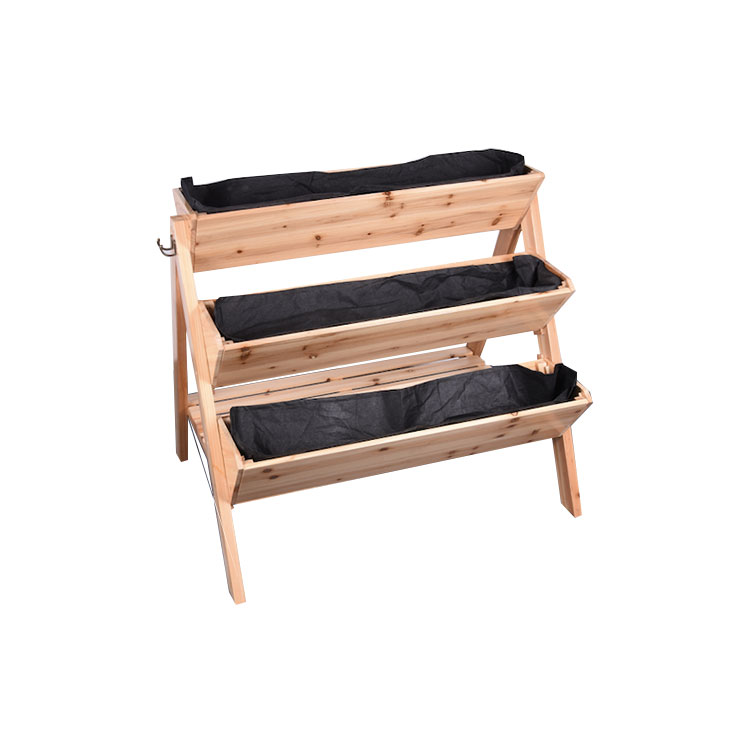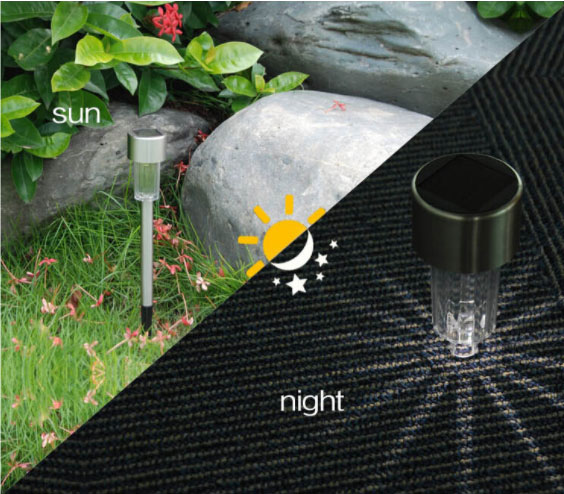Call Us
+86-13805862692
Email Us
contact@ideamage.com
The advantages and disadvantages of Growing Vegetables with Planters
2022-04-28
A planter refers to a tool that is surrounded by wooden boards, plastic boards or cement blocks, and then filled with soil in the middle for planting vegetables or flowers. People often choose to use planters for planting vegetables, so what are the advantages and disadvantages of using planters?
Advantages of using a planter:
1. The vegetable garden looks neater and more beautiful, when we install the planters, it will be planned in advance, and it will be more tidy on the whole. And the coaming of the planters can fix the soil inside the planting bed. Therefore, the walking area around the planters is easier to keep clean.
2. It is easy to modify the soil. For those friends whose backyard soil is not conducive to growing vegetables, planters can be a great way to improve soil quality. Different planters can be equipped with different soils, which is more conducive to the growth of different types of vegetables.
3. It can reduce pests and diseases. The use of planters can effectively control snails and slugs. The planters are generally high, and it is difficult for snails and slugs to climb to such a height.
Disadvantages of using a planting bed:
1. High cost
Generally speaking, in order to build a vegetable garden with a planter, you need to buy some soil. Even buying a portion of soil can be a huge expense for a backyard.
2.Frequent watering
Planters dry out faster in summer than in the ground, and therefore they require more watering.
3. Sudden temperature increase/decrease
For areas with hotter summers, the soil temperature will be relatively high, which may be detrimental to the root growth of vegetables. The soil in the planting bed, when autumn comes, the soil cools faster and the temperature will be lower than the soil in the field.

Advantages of using a planter:
1. The vegetable garden looks neater and more beautiful, when we install the planters, it will be planned in advance, and it will be more tidy on the whole. And the coaming of the planters can fix the soil inside the planting bed. Therefore, the walking area around the planters is easier to keep clean.
2. It is easy to modify the soil. For those friends whose backyard soil is not conducive to growing vegetables, planters can be a great way to improve soil quality. Different planters can be equipped with different soils, which is more conducive to the growth of different types of vegetables.
3. It can reduce pests and diseases. The use of planters can effectively control snails and slugs. The planters are generally high, and it is difficult for snails and slugs to climb to such a height.
Disadvantages of using a planting bed:
1. High cost
Generally speaking, in order to build a vegetable garden with a planter, you need to buy some soil. Even buying a portion of soil can be a huge expense for a backyard.
2.Frequent watering
Planters dry out faster in summer than in the ground, and therefore they require more watering.
3. Sudden temperature increase/decrease
For areas with hotter summers, the soil temperature will be relatively high, which may be detrimental to the root growth of vegetables. The soil in the planting bed, when autumn comes, the soil cools faster and the temperature will be lower than the soil in the field.

Previous:Brief introduction to raised beds
We use cookies to offer you a better browsing experience, analyze site traffic and personalize content. By using this site, you agree to our use of cookies.
Privacy Policy























































